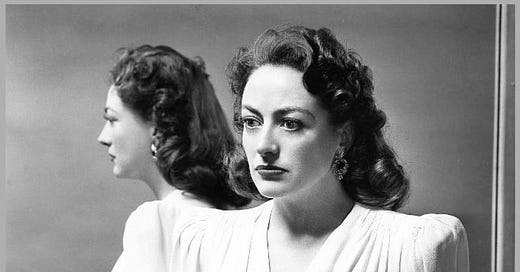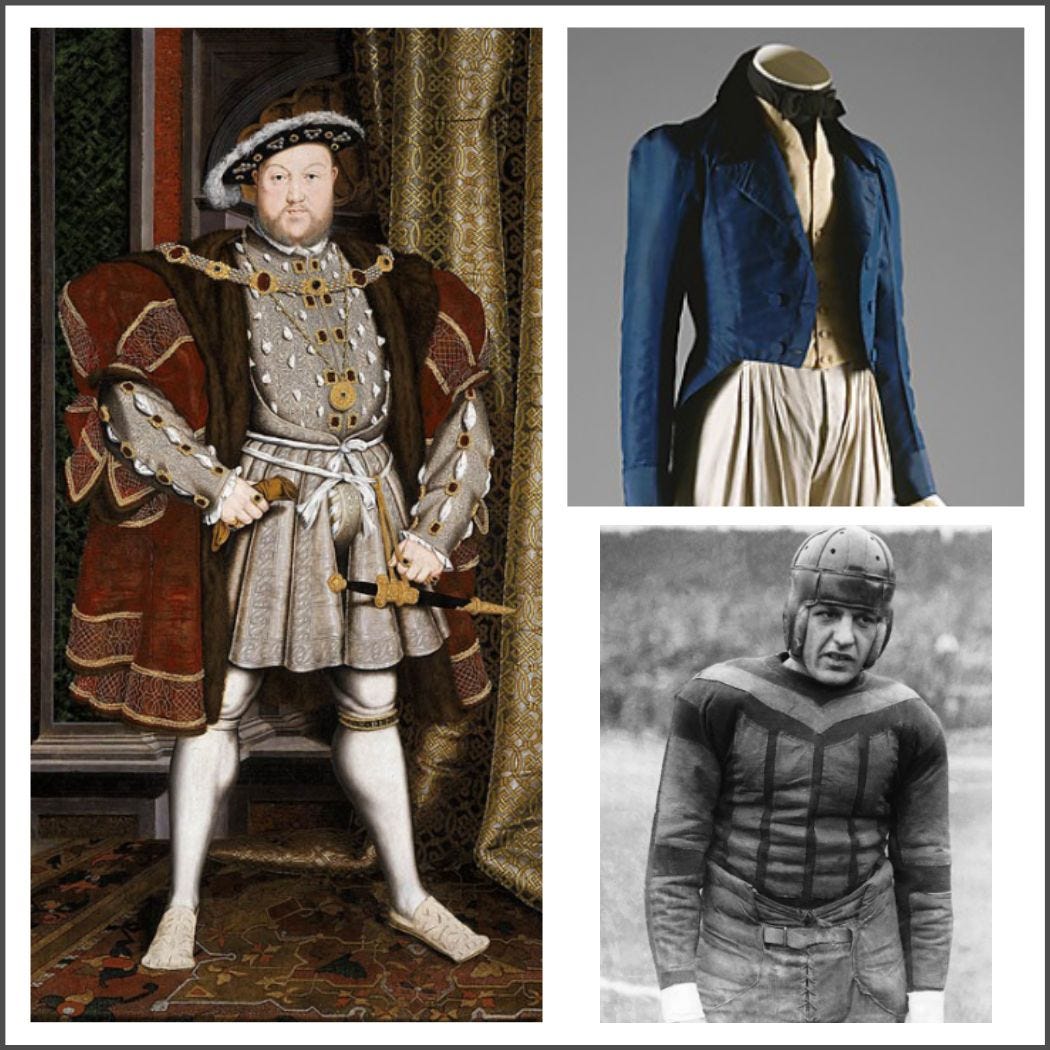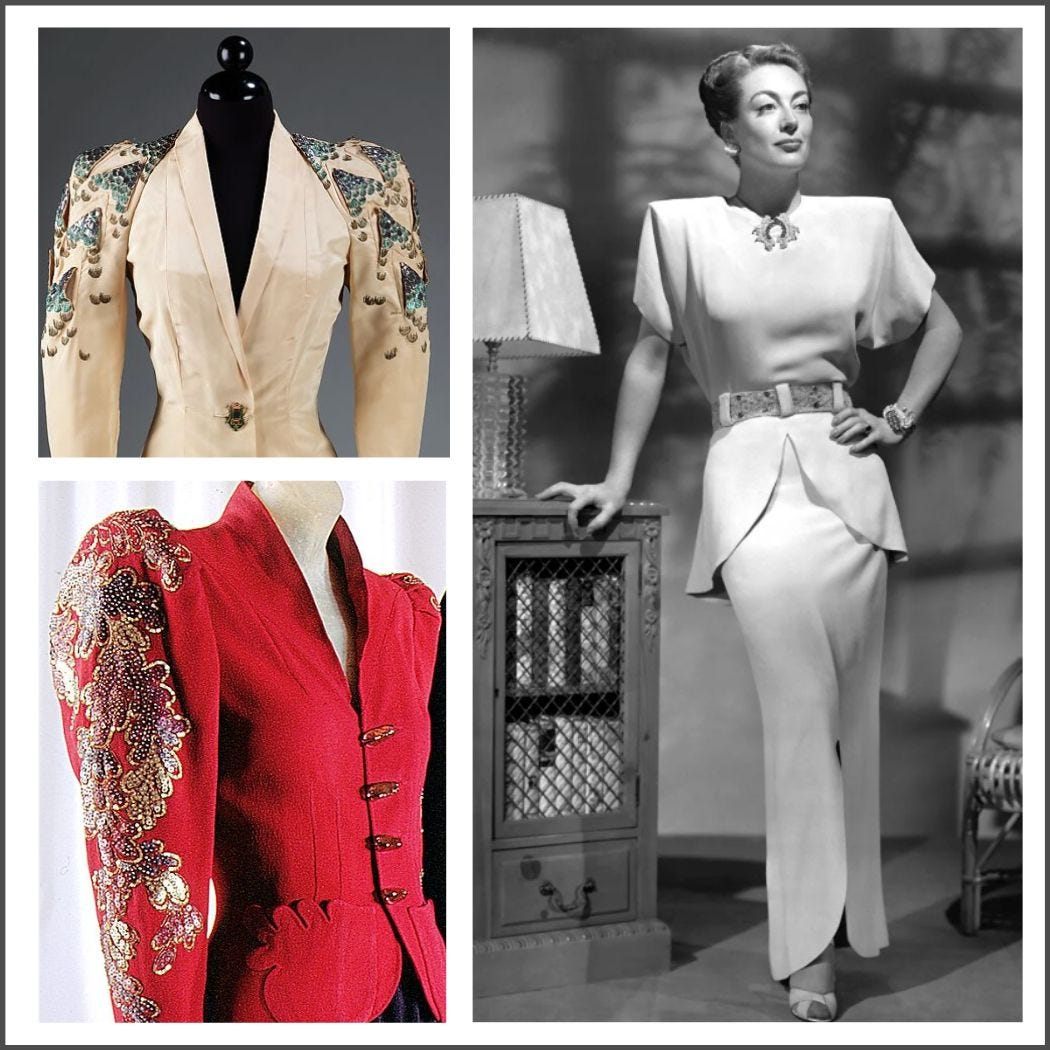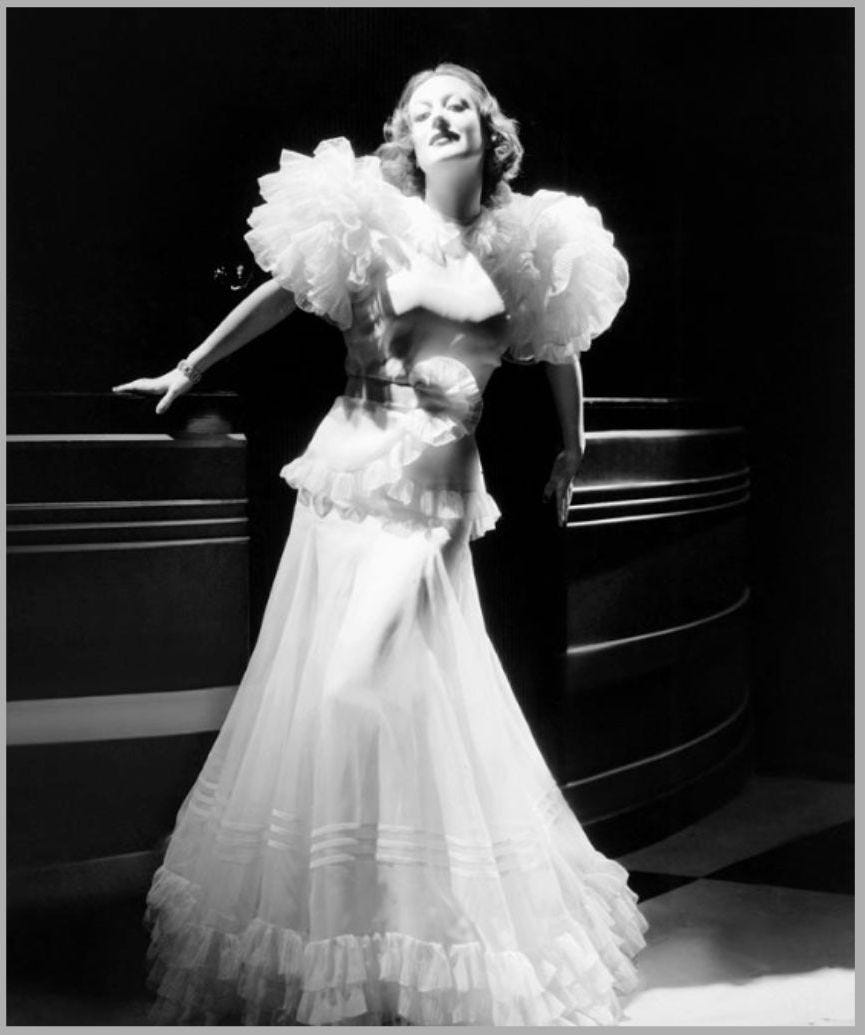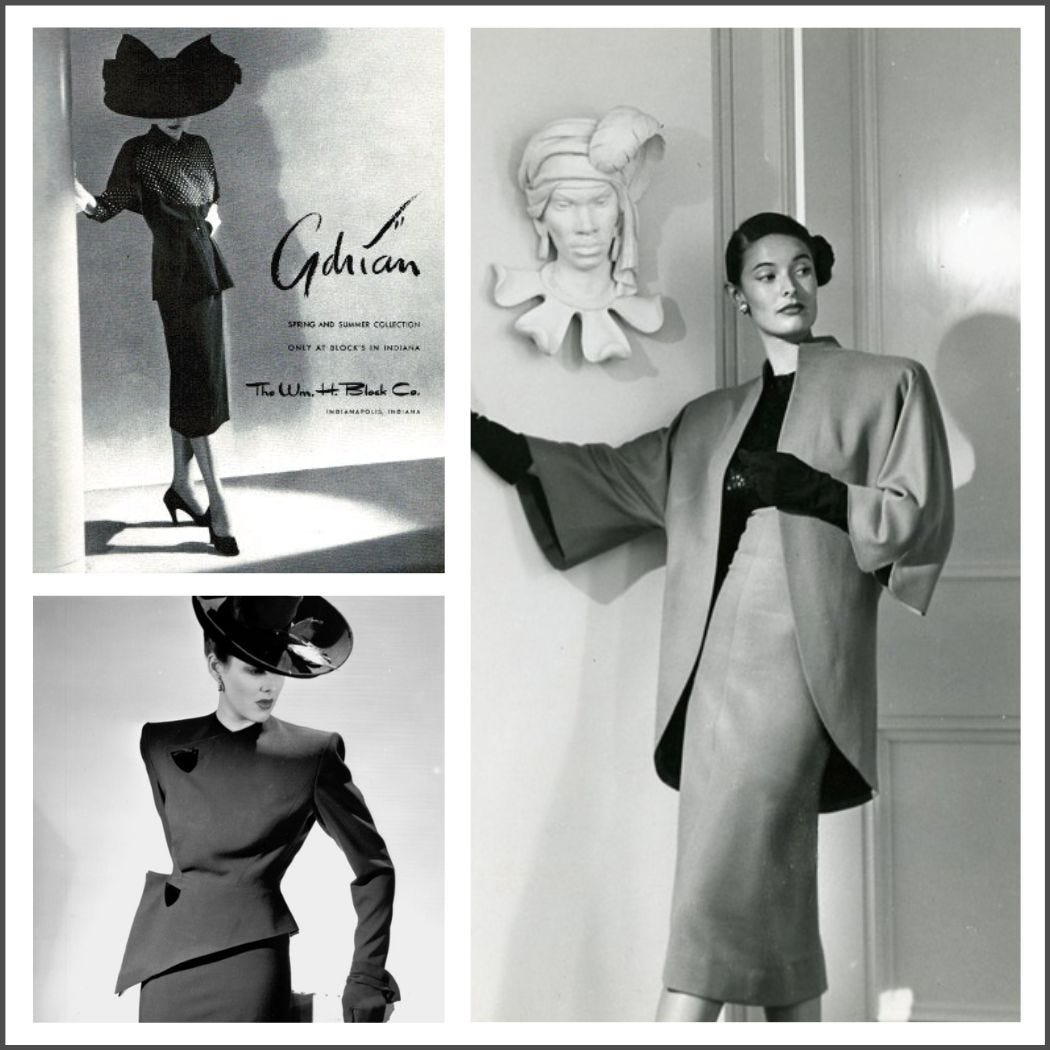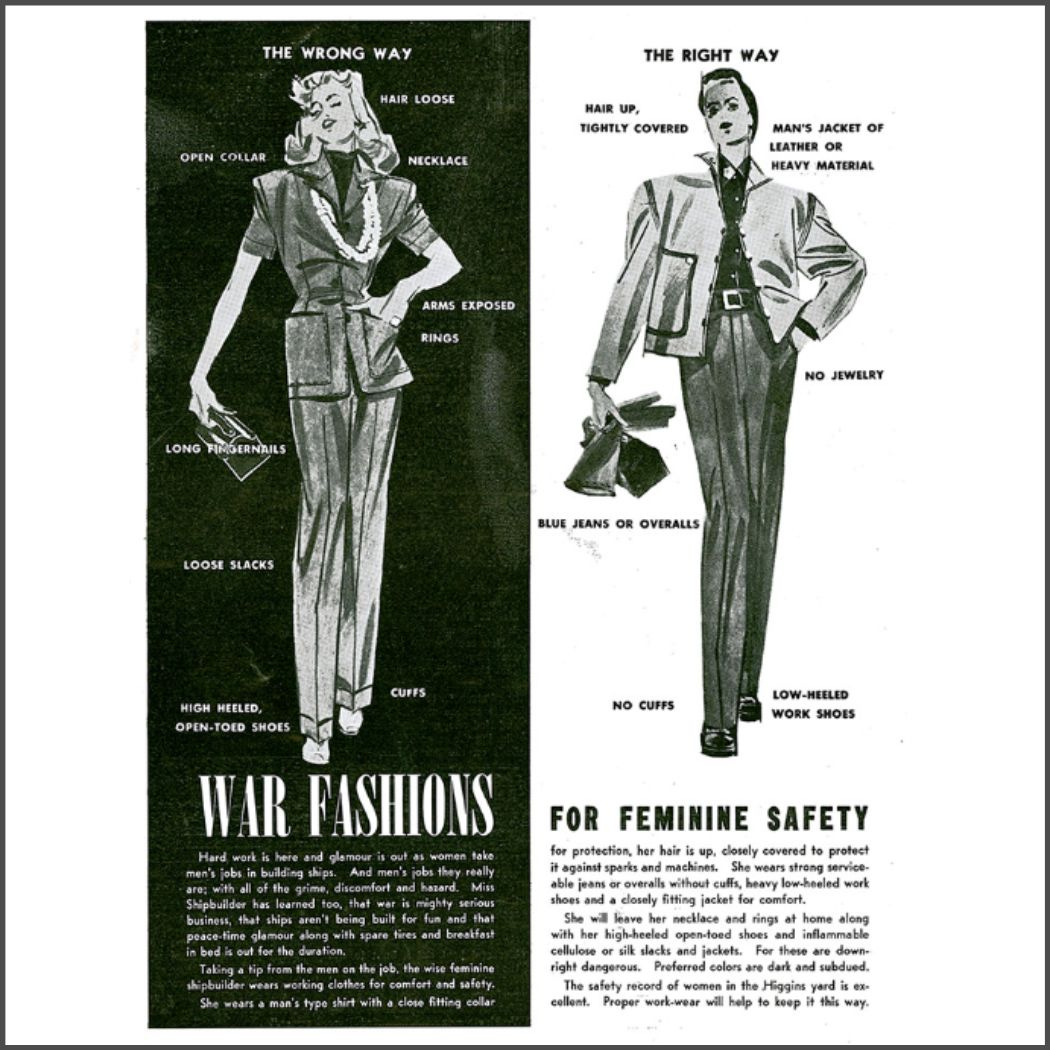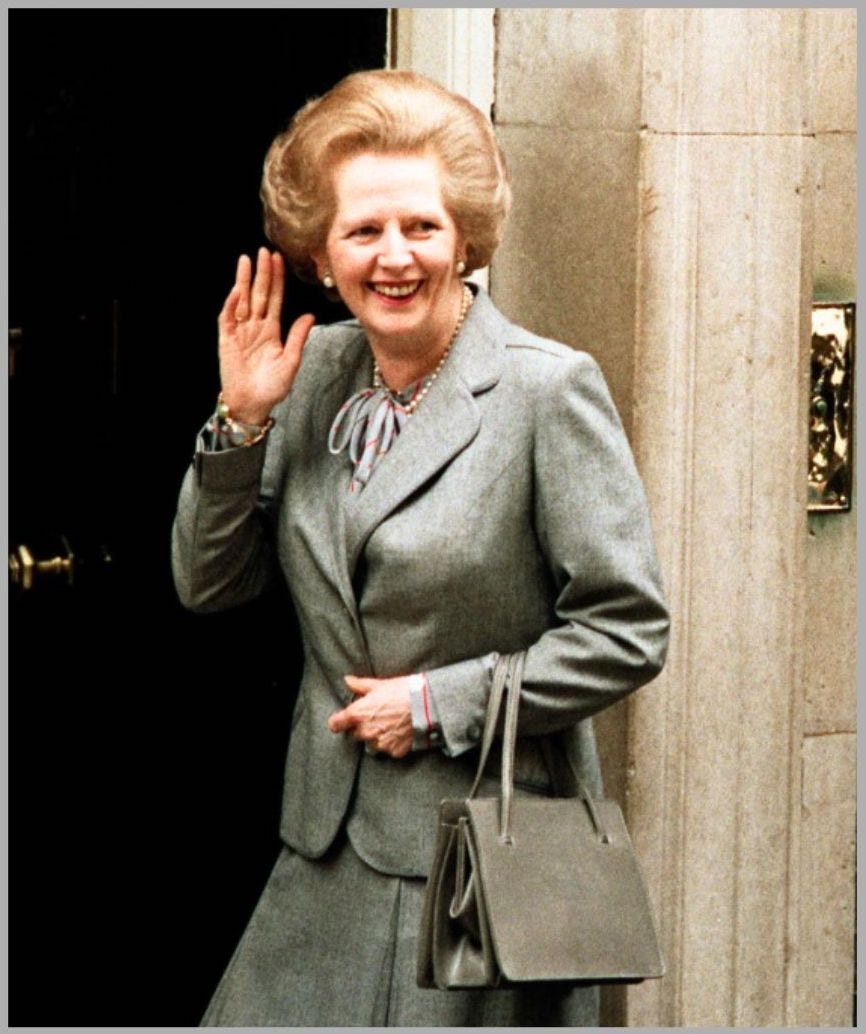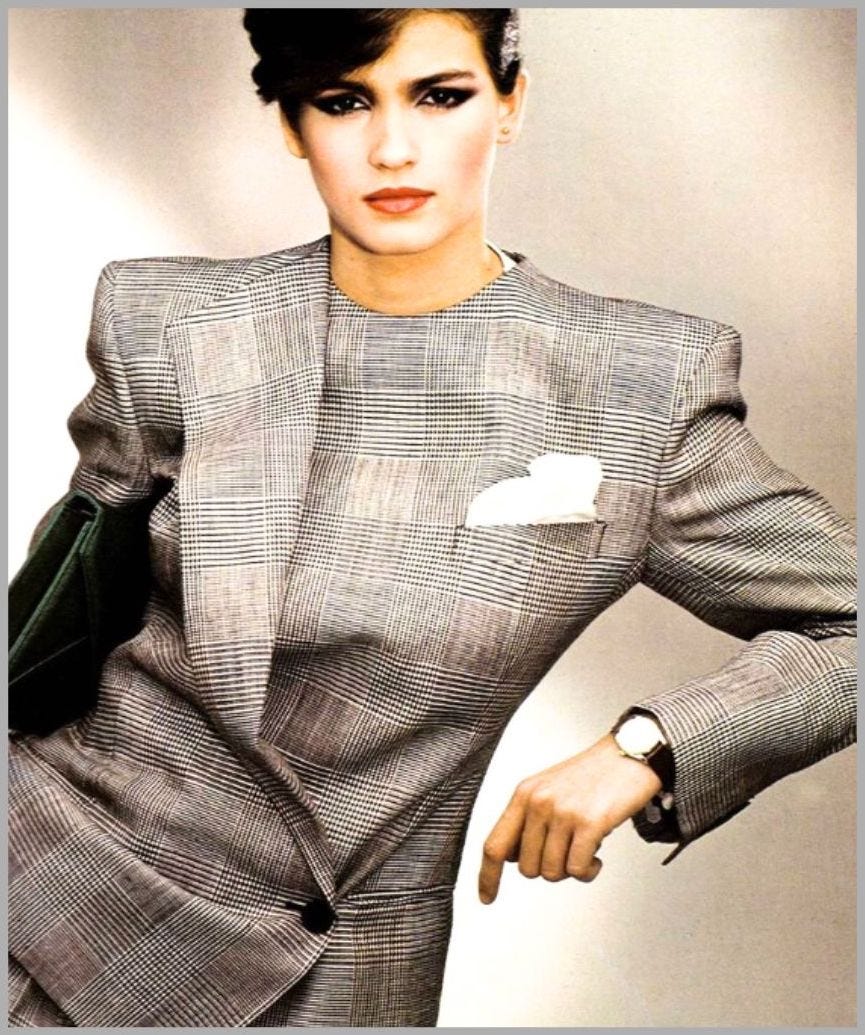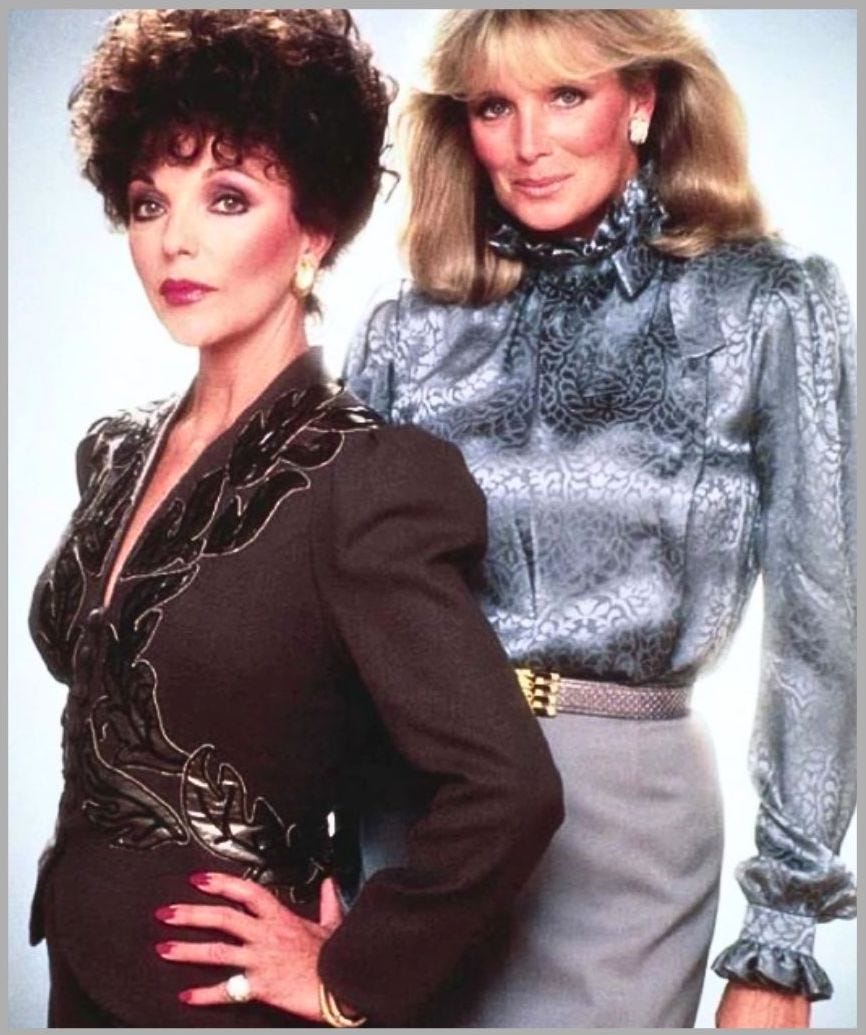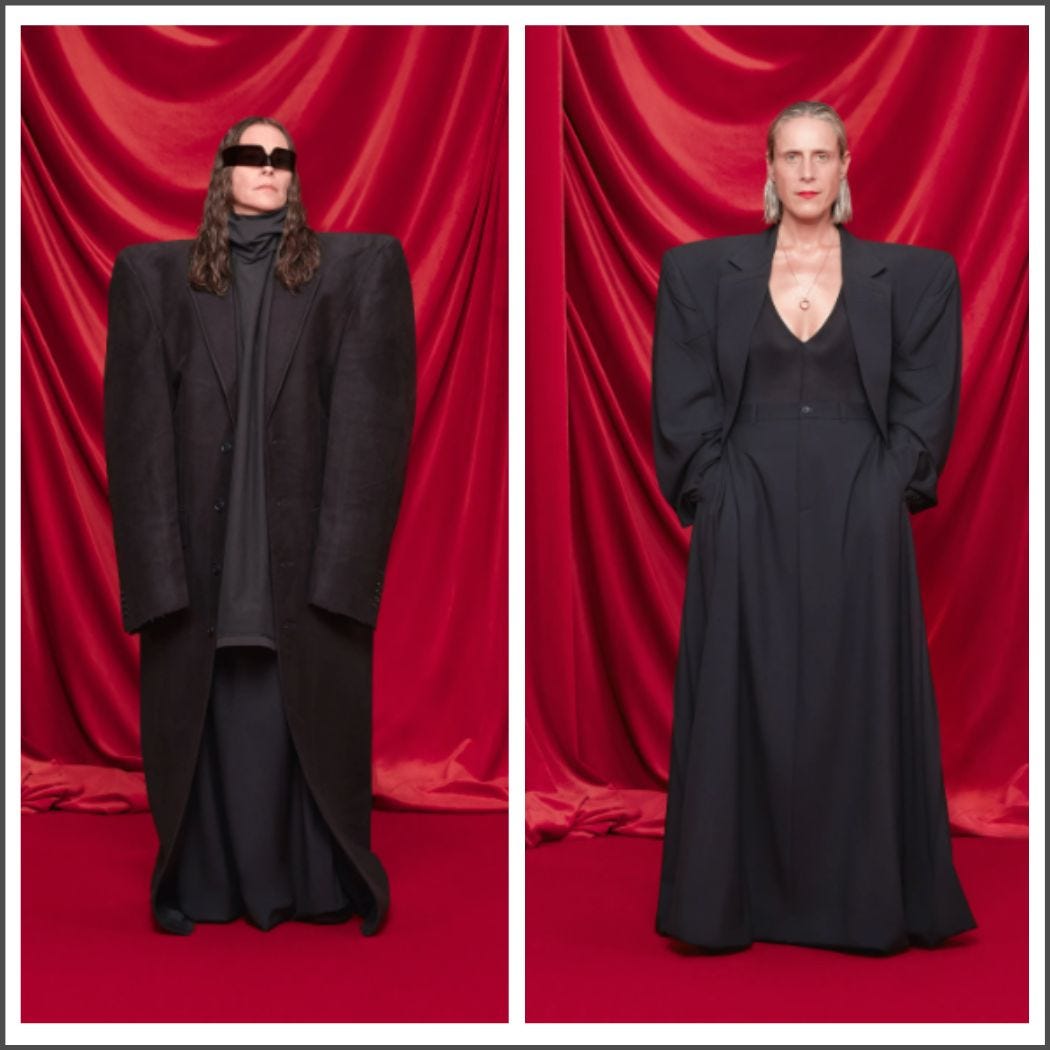Shoulder pads go way back; consider the massive form of Henry VIII in the 1500s. They were a common feature in the attire of 17th-century courtiers. By the 18th century, shoulder pads were incorporated into uniforms to emphasize the shoulders, and they have been used since the late 19th century as protective gear for American football players.
The Rise of Shoulder Pads in 1930s Fashion
The 1930s marked a pivotal era in world history, characterized by profound social and economic upheaval. The Great Depression upended fortunes, cinema revolutionized entertainment, and the rise of fascism reshaped Europe.
Concurrently, sportswear became acceptable as everyday and evening wear featured elegant cuts and drapes. Amid these rapid changes, the fashion industry was ripe for innovation.
Enter Elsa Schiaparelli, an Italian-born, Paris-based designer who began experimenting with shoulder pads in 1931. Known for her avant-garde style, bold designs, and influence from the surrealist movement, Schiaparelli explored various silhouettes, patterns, colors, and textiles, including zippers and shoulder pads.
Her designs reflected the aspirations of women seeking independence and better career opportunities. Her creations made her customers feel courageous and confident, commanding attention whenever they entered a room. She understood that a woman could improve her life by simply dressing the part.
Hollywood Glamour and American Adoption
The trend crossed the Atlantic in 1932 and gained momentum in the United States when MGM's chief costume designer, Adrian Adolph Greenberg—known professionally as Adrian—integrated shoulder pads into his cinematic designs.
This move broadened the strong-shouldered look to a wider audience. Adrian's collaboration with Joan Crawford was pivotal; Crawford, a leading star at MGM, was initially self-conscious about her shoulders. Adrian transformed her style in the 1932 film Letty Lynton, where Crawford wore a gown with fluffy, ruffled shoulders. This design not only addressed her insecurities but also marked the beginning of shoulder pads as a key feature in her wardrobe and signature style.
The use of strong shoulders by several designers resonated with women's evolving needs and desires. As World War II began in 1939, shoulder pads came to symbolize fashion's response to changing gender roles.
With men away at war, women stepped into roles traditionally held by men, working in factories, flying planes, driving trucks, and serving in the armed forces.
Shoulder pads became more than just a fashion choice; they were about women asserting themselves, claiming their space, and advocating for equality in the workplace.
Adrian refined his design approach by shifting from concealing to highlighting Joan Crawford's shoulders with pads in her dresses and jackets. This change was prominently displayed in her 1945 role in "Mildred Pierce," where she portrays a resolute woman who builds her own success and raises her daughters after her husband leaves.
After leaving MGM in 1941, Adrian launched his own fashion line focused on padded jackets and dresses. This line reinforced shoulder pads as symbols of strength and assertiveness, reflecting women's rising roles in society and the workplace.
Shoulder Pads as Symbols of Women's Empowerment
In Europe, despite Schiaparelli's influence, padded shoulders were slow to catch on. As tensions rose before the war, Paris adjusted to the changing times. When France and Britain declared war on Germany in 1939, Parisian couture houses delayed their winter shows to adapt to the new political climate, aiming to introduce styles that would fit into male-dominated industries.
The sleek fashions of the 1930s gave way to practical, military-inspired designs, making shoulder pads essential for women to blend into these environments.
Post-War Fashion and the Decline of Shoulder Pads
After the war, despite being in ruins, France and its resilient fashion industry began to rebuild. In this atmosphere of renewal, Christian Dior crafted a revolutionary collection in 1947 known as the "New Look," which drastically moved away from wartime styles.
Abandoning the dominant shoulder pads, which reminded many of the war, Dior introduced ultra-feminine designs that started a new era in fashion.
The Power Dressing Era of the 1980s
In the 1980s, the broad-shouldered look made a significant comeback, with shoulder pads emerging as a critical element in both fashion and women's professional attire.
Margaret Thatcher, the Prime Minister of the United Kingdom from 1979 to 1990, was a key figure in defining power dressing. Known for her signature skirt suits with shoulder-padded blazers, she used her wardrobe to project authority and meet the heightened scrutiny she faced, more so than her male predecessors.
Thatcher strategically utilized her wardrobe to project authority and determination.
Her well-tailored suits not only boosted her image but also helped her visually match her male counterparts in a male-dominated political scene.
While she projected power, Thatcher also incorporated feminine touches like pearls and pussycat bow blouses. Her strategic use of shoulder pads became iconic, setting a standard for women in corporate roles to assert their presence and adapt to professional environments.
By 1980, women were taking on roles traditionally held by men, empowered by both their ambitions and a booming economy. Shoulder pads, once ridiculed, had become a symbol of empowerment.
This economic upturn allowed professional women to invest in luxurious designer suits, like those from Giorgio Armani, which were tailored with a masculine edge for the growing market of female CEOs. These suits, complete with shoulder pads, helped them stand out and convey authority in both business and community settings.
Shoulder pads became popular not just in the office but in all aspects of life, influenced by TV shows like "Dynasty." Costume designer Nolan Miller dressed his leading actresses in striking outfits with pronounced shoulders, enhancing the perception of power and drawing admiration from viewers.
Yet, by the late 1980s, their overuse made them unfashionable as people sought new trends and crave innovation, causing shoulder pads to fade from mainstream fashion for a while.
The Modern Resurgence of Shoulder Pads
Today, many designers are bringing back shoulder pads, with Demna Gvasalia leading the trend. At Balenciaga and Vetements, he has introduced designs featuring exaggerated shoulder pads in everything from blazers and T-shirts to suit jackets and dresses.
More Than Just a Fashion Statement
Shoulder pads do more than just enhance fashion; they are powerful instruments for self-expression and establishing presence. Acting as quiet communicators, they boost confidence, control and support those who wear them.
The use of shoulder pads underscores the profound impact of fashion in society; it not only conveys complex messages and shapes personal attitudes but also influences perceptions and helps to forge cultural identities.


